Clarinets and oboes might be very similar in looks, and they might both be from the woodwind family, but they’re completely different in their sound and features.
The two main distinctive features of these instruments are their reeds and bores. A single-reed woodwind instrument, the clarinet has a characteristic cylindrical bore and produces a warm tone. The oboe, on the other hand, is a double-reed wind instrument with a conical bore and a bright tonality.
If you’re looking for a new woodwind instrument to learn, the clarinet vs. oboe debate can be a tough one! Luckily, to help you decide, we’ve compiled their similarities, differences, and famous players into one handy article.
In a hurry?
Here are the key differences between a clarinet and an oboe:
| Clarinet | Oboe | |
|---|---|---|
| Mouthpiece? | Yes | No |
| Reeds | Single reed | Double reed |
| Bore | Cylindrical | Conical |
| Bell | Flared | Rounded |
| Tone | Mellow & dark | Bright |
Clarinet vs. oboe
Structure and parts
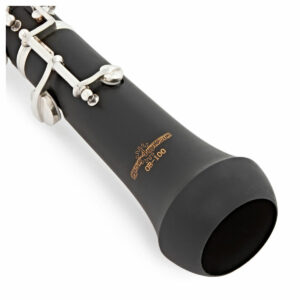 The clarinet and the oboe have different reed requirements. First up, the clarinet features a single reed – usually made from cane – and has much more room for air to pass through than the oboe, which is a double-reed instrument. The double reed design is constructed by tying two reeds together and inserting them into the staple, which is normally surrounded by cork.
The clarinet and the oboe have different reed requirements. First up, the clarinet features a single reed – usually made from cane – and has much more room for air to pass through than the oboe, which is a double-reed instrument. The double reed design is constructed by tying two reeds together and inserting them into the staple, which is normally surrounded by cork.
Other differences between the two include their overall aesthetic and shape. The bore of the clarinet is cylindrical, whilst the oboe’s is conical; these differences give the instruments their unique timbres. Similarly, the clarinet’s bell is flared, whilst the bell of the oboe is rounded and thicker.
Typically, a standard clarinet is longer than the oboe – but not by much. A clarinet is usually 27.5 inches, whereas an oboe is 26 inches.
The clarinet features a mouthpiece and, subsequently, requires a ligature and a reed to make a sound. This mouthpiece looks very similar to that of a saxophone.
An oboe, however, doesn’t have a mouthpiece and, instead, only has reeds – remember it’s a double-reed instrument? These reeds are often handmade and shaped by oboe players to suit the sound and parameters they require.
Types of clarinet and oboes
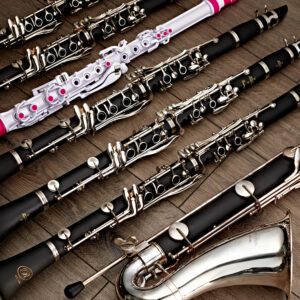 There are a wide variety of instruments that fall under the clarinet umbrella – 11 types, to be exact, all differing in size, sound, and purpose. The most recognisable clarinet is the Bb clarinet.
There are a wide variety of instruments that fall under the clarinet umbrella – 11 types, to be exact, all differing in size, sound, and purpose. The most recognisable clarinet is the Bb clarinet.
Other types include bass clarinet, A clarinet, Eb clarinet, contrabass clarinet, contra-alto, alto clarinet, C clarinet, and the lesser-known D clarinet – a clarinet with a characterful tone.
Likewise, oboes come in various forms including the Viennese oboe, the conservatoire oboe, the modern oboe, the Cor Anglaise (also known as the English horn), the bass oboe, and the oboe d’amore which is pitched to A.
Tone
As we’ve discussed, the clarinet and oboe are each constructed quite differently, showcasing distinctive shapes and reed types. These structural elements aren’t just for aesthetics – they also contribute to the overall sound of the instrument.
The clarinet offers a mellow, clear-centred, and dark tonality that perfectly suits orchestral music and jazz music. If you’re after a brighter tone, however, the oboe might be for you. Its reeds can have a profound effect on the sound, as can humidity, temperature, climate, and many other factors. Most oboes are pitched to C.
How easy are they to learn?
If you’re looking at the clarinet vs. oboe in terms of which is easiest to learn, the clarinet wins.
Young players tend to grips with the clarinet fairly quickly thanks to the way vibrations occur in the bore when air is pushed through the reed and mouthpiece, whereas the oboe’s small reeds mean it requires good breath control – which can be difficult to master.
Famous musicians
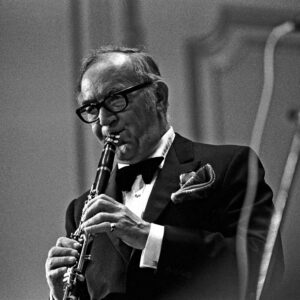
Creative Commons License by Heinrich Klaffs
The clarinet and oboe have been played by some renowned musicians over the years, some of which include:
Clarinets
- “King of Swing” Benny Goodman
- Artie Shaw
- Sharon Kam
- Martin Frost
Oboeists
- Albrecht Mayer
- Francois Leleux
- Marcel Ponseele
- Katherine Needleman
Care and maintenance
As with any instrument, ensuring it’s always in optimal shape is crucial to giving it a long life. Whether you have a clarinet or oboe, one thing you can do to improve its longevity is to apply cork grease before use, to make assembling your instrument easier.
Regular cleaning, i.e., after rehearsals or performances, is the key to keeping your instrument in perfect condition. Use a cleaning swab and polishing gauze to remove moisture and residue from the inside of your clarinet.
It’s also good practice to avoid any sudden temperature changes as musical instruments are susceptible to the climate they’re in.
Our clarinet recommendations
1. Student Clarinet by Gear4music
The Student Clarinet by Gear4music is a great choice for aspiring musicians looking to start their clarinet journey. With nickel-plated keywork and a brushed resin composite body, this instrument is both durable and sleek. It produces a clear and focused tonality whilst ensuring optimal response and airflow, making it ideal for beginners.
2. Buffet Prodige Bb Clarinet
The Buffet Prodige Bb Clarinet is a professional-quality instrument suitable for both beginners and seasoned players. Crafted with a co-polymeric ABS body and a poly cylindrical bore, this clarinet offers a superior tone quality that resonates beautifully. The silver-plated keywork finish not only adds a touch of elegance but also ensures durability for long-lasting performance.
A major factor of the Buffet Prodige Bb clarinet is its maintainable ABS body that is resistant to wear and tear. Whether you’re practising at home, performing on stage, or in a studio recording session, this clarinet guarantees a consistent and reliable sound output.
Our oboe recommendations
1. Student Oboe by Gear4music
The Gear4music Student Oboe boasts a semi-automatic conservatoire key system and nickel silver keys, offering a sturdy construction that can withstand the rigours of learning. The resin composite body ensures durability without compromising on sound quality, making it ideal for beginners looking to hone their skills.
Better still, the oboe’s nickel-silver keys enhance the instrument’s responsiveness, allowing for smooth transitions between notes.
2. Yamaha YOB241B30 Student Oboe
The Yamaha YOB241B30 is a fantastic choice for budding musicians who want a premium-quality instrument. Crafted with a body made of ABS resin, this oboe is robust enough to handle performance after performance, is even resistant to temperature and humidity changes, and produces a rich, resonant sound. The silver-plated keys not only add a touch of elegance but also ensure longevity and precision in each performance.
There’s also a semiautomatic, simplified conservatoire system. This carefully engineered mechanism allows for easy playability while maintaining the high standards required for learning and practising, making the oboe ideal for players looking to upgrade their instrument or purchase their first one.
FAQs
Which is easier to play: oboe or clarinet?
The clarinet is easier to play than the oboe. The specific embouchure and breath control required of the oboe can be difficult to master, whereas the clarinet is slightly more accessible for beginner players. However, as with all instruments, the clarinet necessitates frequent practice.
Is the oboe the hardest instrument to play?
The oboe is difficult to learn to play compared to a lot of other woodwind instruments. Many first-time players struggle to get sound from the oboe due to its small reed size, and when they do, the sound can be unpredictable! Don’t let the breath control put you off, though, once you have the hang of it, the oboe is a fun, fulfilling instrument to play.
How does the clarinet differ from the oboe?
The most obvious difference between the clarinet and the oboe is that the clarinet has a mouthpiece and the oboe doesn’t, it has a reed instead. The oboe is a double-reed instrument that provides a bright sound, and the clarinet is a single-reed instrument that offers a dark tonality.
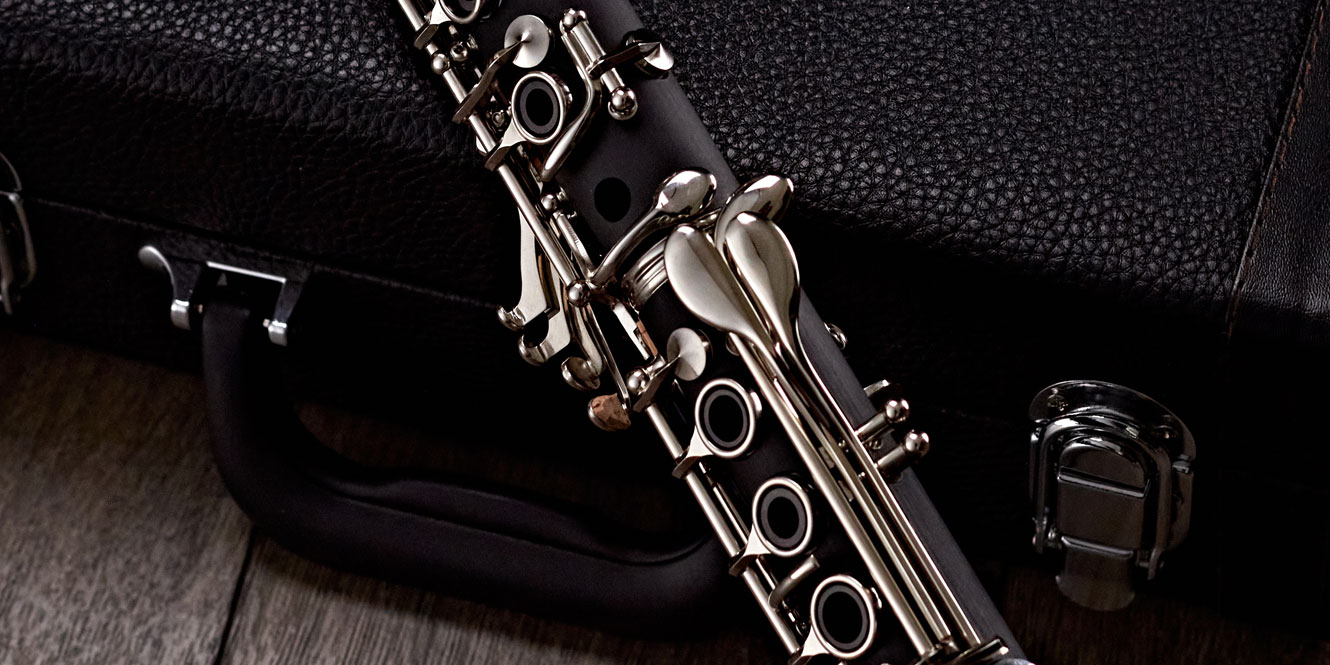
Final thoughts
If you’re looking at the clarinet vs. oboe to find your first instrument, we hope our article outlining their similarities and differences has helped!
The clarinet is an incredibly versatile instrument, perfect for beginner players and professionals alike. The oboe, on the other hand, presents a unique sound and playing challenge, making it perfect for players who are looking to potentially advance from existing woodwind instruments, although that is not to say that beginners should be deterred!
Let us know your thoughts on these two instruments in the comments. Are you a woodwind player yourself? Do you have any tips for a beginner looking to pick up the clarinet or oboe?

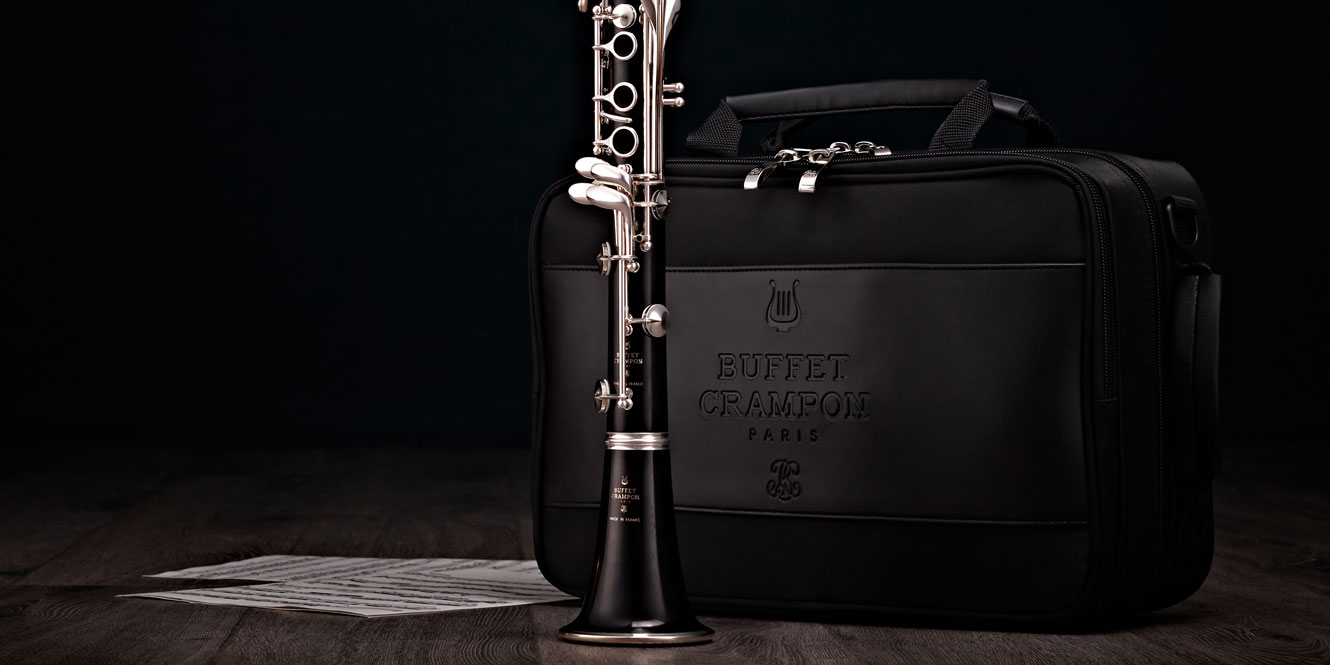











0 Comments